Product details
Dinosaur Eggshell, Saltasaurus XXL fragment. Amazing detail and great visible egg structure.
Saltasaurus, a member of the titanosaur family, is a fascinating dinosaur species that provides a glimpse into the evolution of sauropods. This genus lived during the Late Cretaceous period, approximately 70 to 66 million years ago, and its fossils have been predominantly discovered in South America, particularly in Argentina. Saltasaurus is known for its unique adaptations, such as bony armor and relatively smaller size compared to other sauropods, which have intrigued paleontologists and enthusiasts alike. This article will explore the anatomy, behavior, and significance of Saltasaurus, with a special focus on the remarkable discoveries of its fossilized eggshells.
Anatomy and Physical Characteristics
Saltasaurus was a relatively small sauropod compared to its gigantic relatives. It measured about 12 to 15 meters (40 to 50 feet) in length and weighed around 8 to 10 tons. Despite its smaller size, Saltasaurus retained the elongated neck and tail characteristic of sauropods. Its body was robust, with a broad ribcage and four sturdy legs, providing stability and support.
One of the most distinctive features of Saltasaurus was its dermal armor, a series of small bony plates known as osteoderms embedded within its skin. These osteoderms provided protection against predators and possibly played a role in thermoregulation. This unique adaptation was relatively rare among sauropods and set Saltasaurus apart from its contemporaries. The osteoderms were arranged in rows along its back, forming a shield-like covering that added to its defensive capabilities.
The skull of Saltasaurus was small and lightweight, with a mouth adapted for herbivory. It likely had peg-like teeth suited for stripping leaves and vegetation rather than grinding, indicating a diet that consisted mainly of soft plant material.
Behavior and Lifestyle
Saltasaurus inhabited the lush floodplains and forests of ancient Patagonia, where it coexisted with a variety of other dinosaurs and prehistoric creatures. As a herbivore, it fed on the abundant vegetation, using its long neck to reach leaves and branches high above the ground. Its social behavior is thought to have included living in herds, a strategy that provided protection from predators and facilitated efficient foraging.
The presence of osteoderms suggests that Saltasaurus faced significant predation pressure, possibly from theropod dinosaurs like Abelisaurus and Carnotaurus. The bony armor would have served as a deterrent, making it a less attractive target for predators.
Discovery and Significance
The first fossils of Saltasaurus were discovered in the 1970s in the Salta Province of northwestern Argentina, a region known for its rich fossil deposits. This discovery was significant as it provided the first clear evidence of armored sauropods, challenging the traditional view that sauropods lacked such adaptations.
The Saltasaurus fossils included vertebrae, limb bones, and the characteristic osteoderms, allowing paleontologists to reconstruct its appearance and gain insights into its evolutionary lineage. The discovery of Saltasaurus marked an important milestone in understanding the diversity and adaptations of sauropods during the Late Cretaceous period.
Fossilized Eggshells: A Window into Reproduction
One of the most remarkable discoveries related to Saltasaurus is the fossilized eggs and eggshells attributed to this species. These eggs were found in nesting sites, known as “egg localities,” in Argentina and provide invaluable insights into the reproductive biology and nesting behavior of sauropods.
Description and Composition
Saltasaurus eggs were roughly spherical and measured about 12 to 14 centimeters (4.7 to 5.5 inches) in diameter. The eggshells were composed of calcium carbonate, similar to modern bird eggs, and displayed a unique microstructure with a distinctive pattern of pores and ridges. This structure suggests that the eggs were adapted to specific environmental conditions, possibly buried in sediment or vegetation to protect them from predators and environmental fluctuations.
The thickness of the eggshells varied but was generally around 2 millimeters (0.08 inches), providing a balance between protection and the need for gas exchange during embryonic development. The pores in the eggshells facilitated the exchange of oxygen and carbon dioxide, essential for the growth of the developing embryo.
Nesting Behavior
The discovery of Saltasaurus eggs in clusters and nesting sites indicates that these dinosaurs likely engaged in colonial nesting behavior, similar to some modern bird species. This behavior involved laying eggs in communal nesting grounds, which provided several advantages, such as increased protection from predators and improved incubation conditions through the collective body heat of the nesting individuals.
The nesting sites suggest that Saltasaurus may have exhibited some degree of parental care, although the extent of this care remains a topic of debate among paleontologists. The arrangement of the eggs and the presence of protective coverings indicate that the adults may have played a role in safeguarding the nests, at least during the early stages of incubation.
Development and Hatchlings
The fossilized eggshells of Saltasaurus offer insights into the embryonic development and growth patterns of this dinosaur. Studies of the microstructure and isotopic composition of the eggshells suggest that the embryos underwent a prolonged incubation period, possibly several months, before hatching.
Upon hatching, the young Saltasaurus would have been relatively small and vulnerable, relying on rapid growth to increase their chances of survival. The presence of osteoderms in juvenile specimens indicates that the development of bony armor began early in life, providing protection as the hatchlings navigated the dangers of their environment.

Broader Implications
The study of Saltasaurus eggshells has broader implications for understanding the evolution of reproductive strategies among dinosaurs and their modern descendants, birds. The similarities in eggshell composition and nesting behavior between Saltasaurus and certain bird species highlight the evolutionary continuity and shared ancestry of these groups.
Furthermore, the discovery of sauropod eggs provides a valuable context for interpreting the fossil record and reconstructing the ecosystems of the Late Cretaceous period. The presence of colonial nesting sites and the diversity of eggshell structures among different dinosaur species underscore the complexity and adaptability of these ancient creatures.
Prehistoric 101 (Learn about fossils, minerals, and meteorites)
Spinosaurus: The Giant of Kem Kem?
Tell me about Dinosaurs
Discovering Prehistoric Life and Fossils














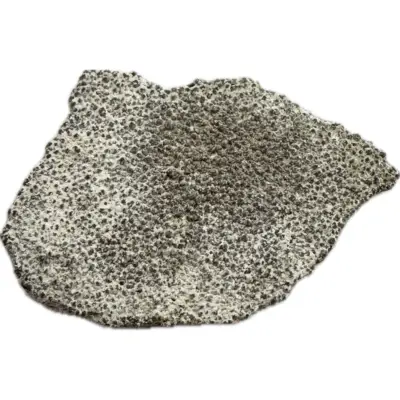

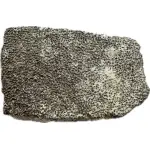
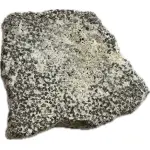

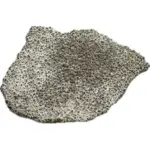
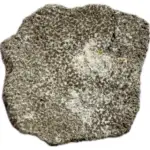

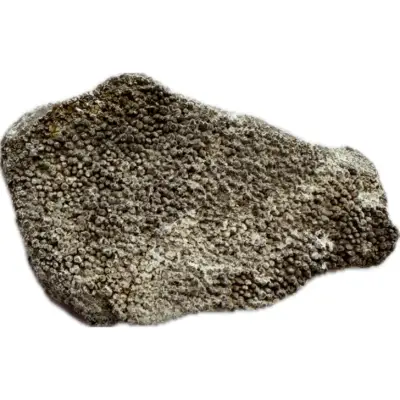



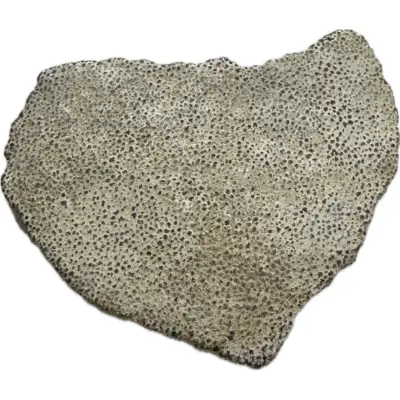
There are no reviews yet.